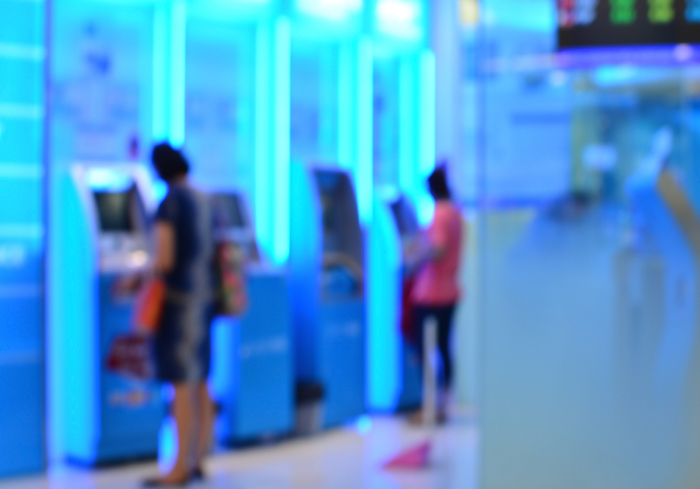
Consumers are paying a lot more in ATM fees than they ever have with an average out-of-network ATM transaction costing upwards of more than $4 per transaction, a Bankrate survey has found.
With a 6.5 percent hike in average surcharge, banks are now charging non-customers who use their ATMs about $2.77. In addition, the average fee that banks charge their own customers for not using an in-network ATM has hit a new high of $1.58, which combined with the other fee totals to $4.35 per transaction each time a customer uses an out-of-network ATM.
“The ATM fees go up at such a rapid clip because it’s really low-hanging fruit as far as fee income is concerned,” said Greg McBride, Bankrate’s chief financial analyst.
Consumers in New York and Atlanta seem to be hit the worse with the average total fee ranging between $5 and $8.
“If you’re going to use someone else’s ATM, they have a right to charge you for it,” Mark Schwanhausser, director of omnichannel financial services at Javelin Strategy & Research told Bankrate. “Is the fee appropriate? That’s where you start to have a debate.”
The new hike, which reflects a 21 percent increase over the last five years, stems from an increase in pressure on banks to reduce overdraft fees and credit card charges, among various other fees. Moreover, banks are also seeing a decline in ATM usage, which is contributing to the increase in other fees.
The total fees collected by U.S. commercial banks peaked in 2009 at $41.1 billion and has been dropping since to hit a new low at $32.5 billion in 2013, according to data from the Federal Deposit Insurance Corp., Bankrate reported.
So, the hike reflects a bank’s effort to recoup its revenue losses and continue to provide lower rates and provide free services, like checking accounts, among other offerings.
To check out what else is HOT in the world of payments, click here.